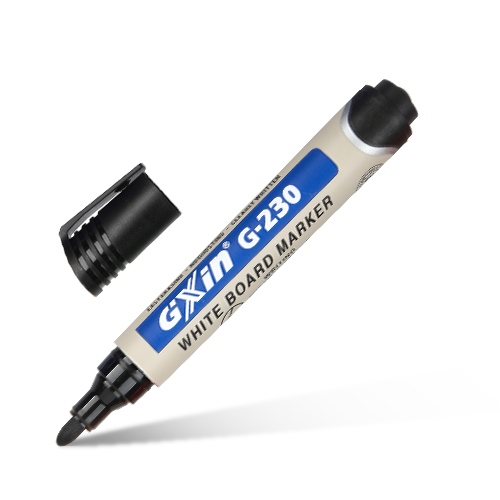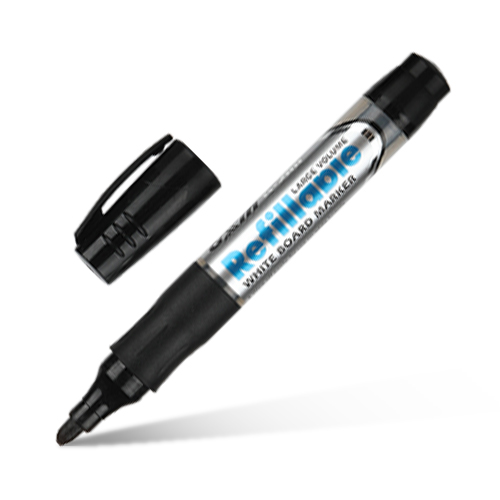
Using a permanent marker without proper knowledge can lead to stains, safety risks, and ineffective results. Learn how to choose and handle permanent markers safely and effectively.
Permanent markers are versatile tools, but users must be mindful of tip types, ink safety, and surface compatibility to avoid damage, health issues, or poor performance.
Let’s dive deeper to ensure you get the most out of your permanent marker without unwanted consequences.
Which Latitude Can We Determine If This Is a Good Permanent Marker?
Choosing the best permanent marker requires evaluating several key factors. First, check the ink quality: a good permanent marker pen uses waterproof permanent marker ink that dries quickly and resists smudging on various surfaces. Next, assess the odor level—opt for a non toxic permanent marker if it’s to be used in enclosed or educational environments. Longevity also matters. A high-quality marker should have consistent ink flow until the last drop and not dry out after a few uses. Another determining factor is the build quality of the pen—look for a firm cap seal and durable body that can withstand repeated use. Lastly, always consider if the marker leaves a bold, legible mark that doesn’t fade over time. These characteristics define a reliable permanent marker across any professional or creative setting.
Applicable Scenarios for Different Pen Tips
The pen tip type significantly influences the marker’s usability. Broad chisel tips are excellent for poster creation, labeling boxes, or signage. They deliver thick, bold lines and cover large areas quickly. Fine or extra-fine tips, by contrast, are ideal for detail work, technical illustrations, and writing on small surfaces like circuit boards or glass vials.
For example, a waterproof permanent marker with an ultra-fine tip is preferred in laboratories, while a broad-tip permanent marker pen is favored in warehouses. Bullet tips are commonly used in schools or offices due to their balanced line thickness and control.
Choosing the right pen tip not only improves precision and clarity but also prevents excessive ink bleed or surface damage—two critical precautions when working on porous or sensitive materials.
How to Easily Remove Ink from Permanent Marker
Despite its name, permanent marker ink can sometimes be removed—especially if you act quickly. On non-porous surfaces like glass, metal, or plastic, rubbing alcohol or acetone-based nail polish remover works effectively. Apply a small amount on a cloth and gently rub the stained area.
For fabric, dab the area with alcohol or hand sanitizer, then blot and wash. Avoid scrubbing, as this may spread the stain. On whiteboards or laminated surfaces, drawing over the permanent ink with a dry-erase marker and wiping it off often works like magic.
When dealing with skin, opt for non toxic permanent marker formulas, which are safer and easier to clean with soap and oil-based removers. Regardless of the method, always test in a small area first to avoid damage to delicate surfaces.
How to Buy a Good Permanent Marker
When selecting a permanent marker, consider the following purchase criteria:
- Ink Quality: Choose markers labeled as waterproof permanent marker to ensure long-lasting results on diverse surfaces like plastic, metal, glass, and cardboard.
- Safety: For school, home, or office use, a non toxic permanent marker is essential to ensure user health, especially for children or enclosed areas.
- Durability: The best permanent marker is leak-resistant and retains ink flow over extended use. A tight cap seal and strong barrel help extend shelf life.
- Color Range: While black is the most common, look for brands offering rich, fade-resistant color options for artistic or organizational purposes.
- Versatility: Multi-surface compatibility is vital. Confirm that the marker works on everything from wood to stone.
- Brand Reputation: Stick with known brands or suppliers that specialize in permanent marker pens for professional use.
Some manufacturers also offer OEM/ODM options—ideal for businesses seeking branded stationery or bulk supply for logistics, manufacturing, or education sectors.
Conclusion
Use permanent markers wisely for optimal performance and safety.





